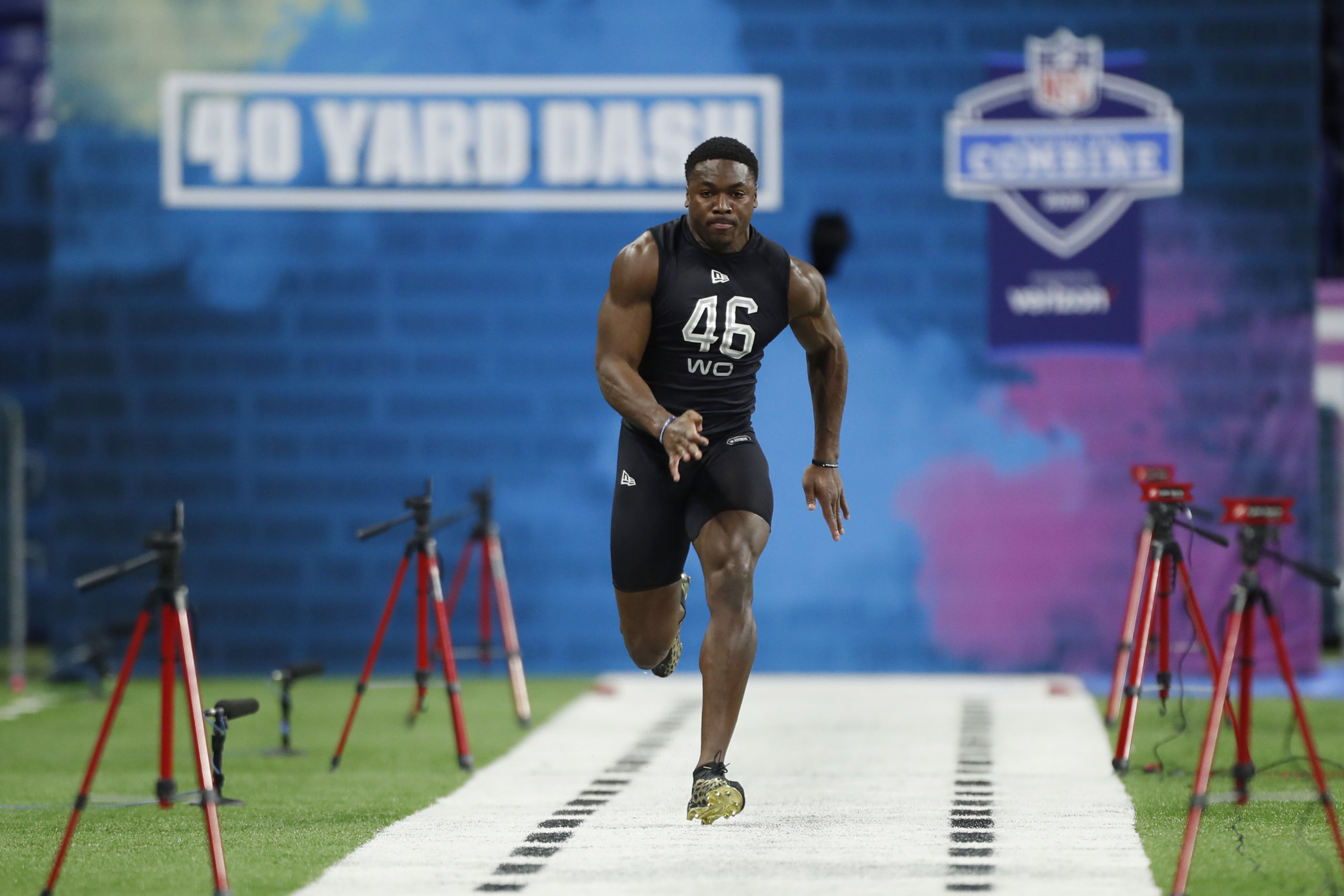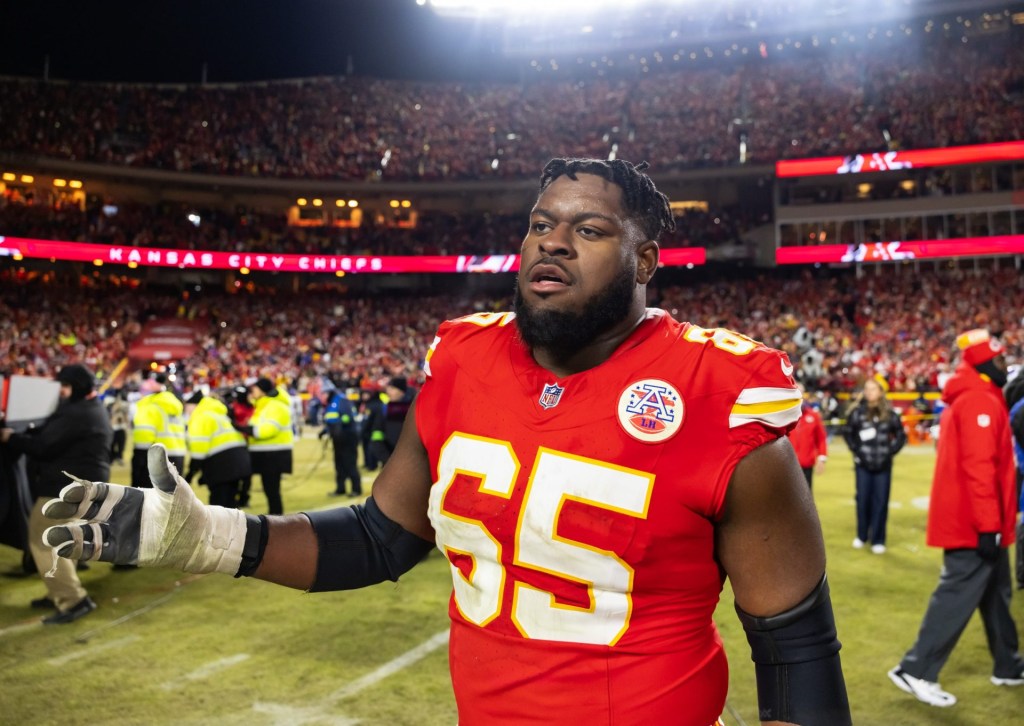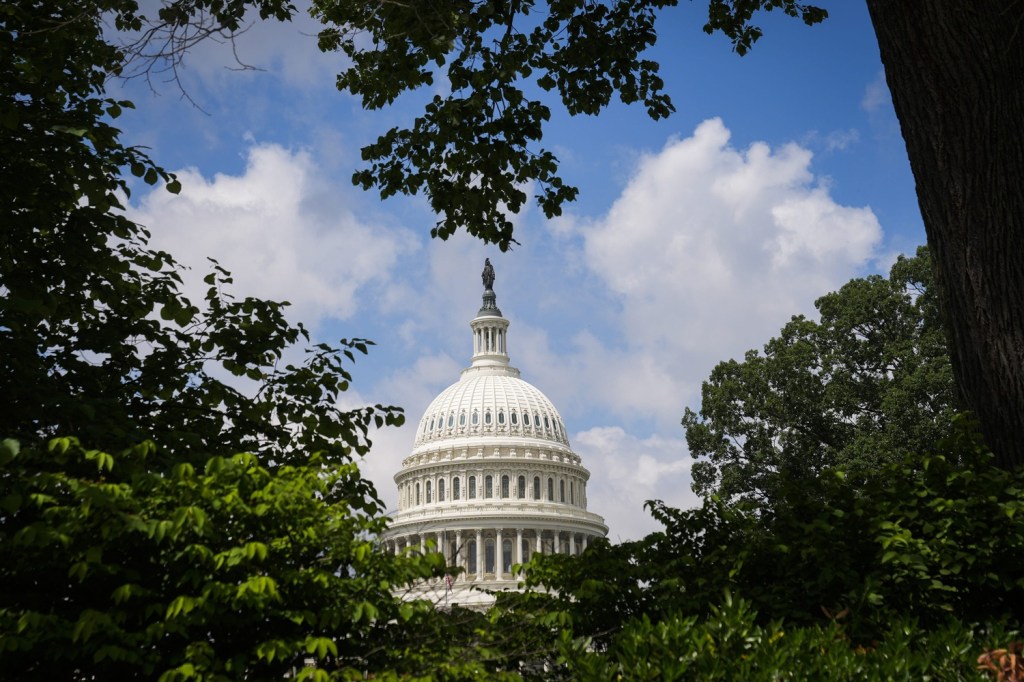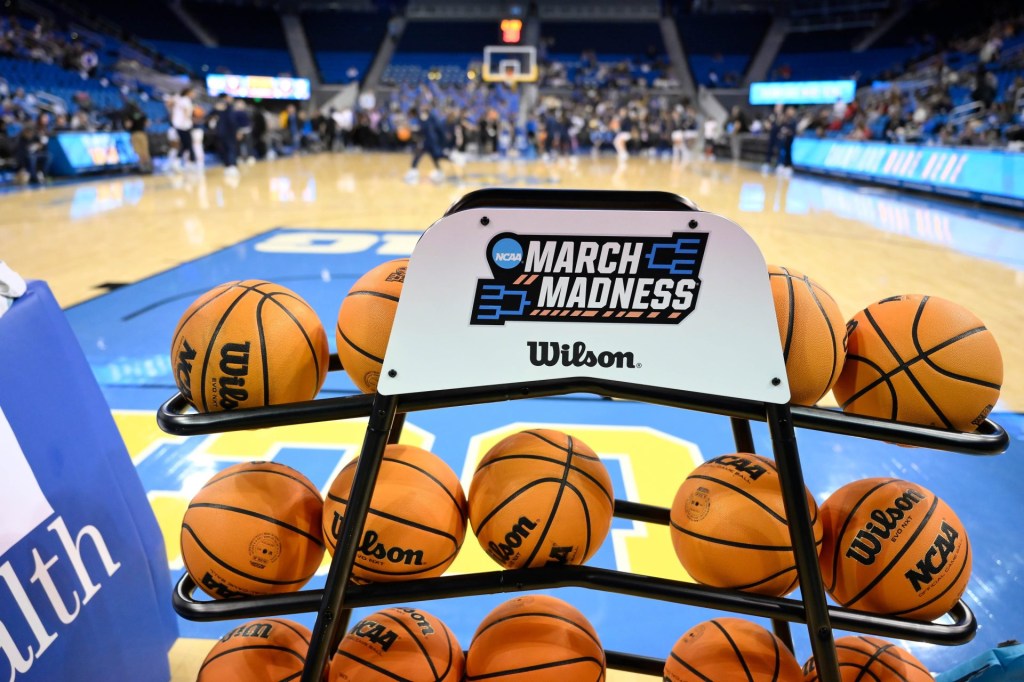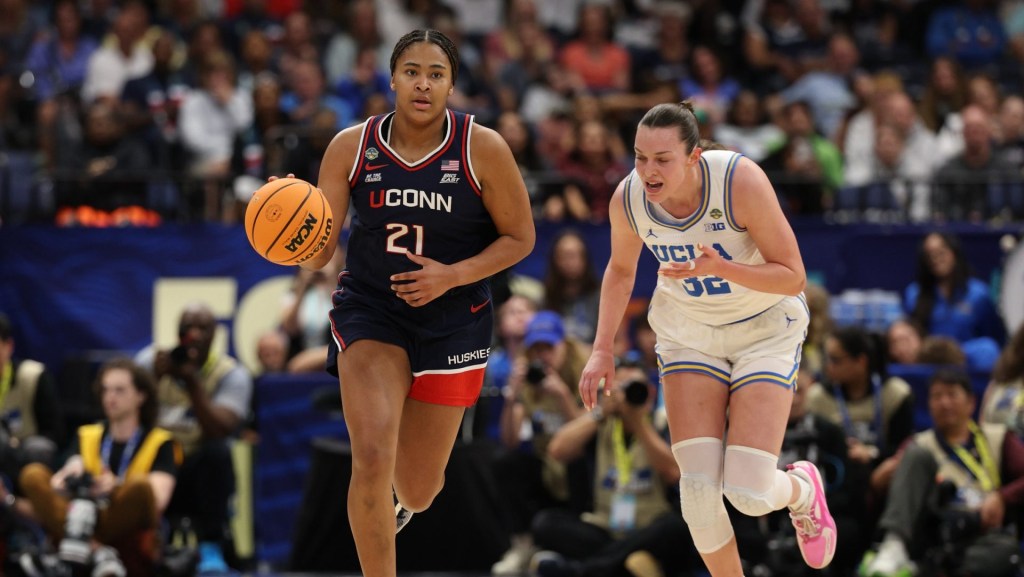NFL prospects have had to think outside the box in terms of draft training to stay in shape after weight rooms, gyms, and training facilities were closed on account of the COVID-19 pandemic. Even access to public spaces has been limited in several states.
Even though pro days and team visits were canceled, prospects still need to be in peak physical condition leading up to the draft – they just haven’t had their typical means to accomplish that.
“It’s been really hard,” former NFL scout, ESPN draft analyst and Senior Bowl executive director Jim Nagy said. “I’ve heard a lot of stories about guys getting run off fields. One of the Senior Bowl guys called the other day; he said he had been kicked off ten high school fields just trying to work out by himself. So it’s made it tough, so these guys have to be creative, running steep inclines around them and working out at home however they can.”
Nagy is not alone in hearing such stories. Trainers have tried to tailor their plans for prospects to at-home environments. Players have tried to improvise. But their plans aren’t always successful.
Tales have circulated of Georgia quarterback Jake Fromm getting run off of a high school field while filming an at-home pro day video. A group of LSU players was spotted running hills in the reservoirs of downtown New Orleans, their hometown, and some scouts saw a video of Justin Herbert, chosen sixth overall by the Los Angeles Chargers, lifting weights with his two brothers on the deck of their house.
“It’s definitely weird on both ends [for the prospects and for the teams],” said Virginia wide receiver Joe Reed, who attended the NFL combine in Indianapolis in February and was able to get some data recorded and meet in person with teams. “But I think overall we’re handling the situation as best we can. Keeping a schedule has been challenging though, it’s just kind of weird to be on a consistent schedule like I would have if things were operating normally.”
READ MORE: NFL Scouts Finding Zoom Doesn’t Pass the Eye Test for Player Evaluations
Consistency has been hard for many prospects to come by – like for the poor player Nagy recalled who’s been kicked off field after field.
“I only got kicked off a field once,” Reed added with a chuckle as if that itself were an accomplishment today. “I was at the rec soccer field for about an hour with [Virginia quarterback] Bryce Perkins, and we were throwing around – this was early on, actually – when a couple of cops pulled up and told us we had to leave. It actually worked out though because we found we prefer the other field we went to, Mad Bowl, anyway.”
“Mad Bowl” is a field on frat row just off campus in Charlottesville, Va. Reed has since been training there three to four days a week with two grad assistants and using his building’s parking garage when the weather won’t cooperate.
His agent sent him an X3 Bar, a product developed by Jaquish Biomedical to serve as a “full home gym without a gym,” and speed and agility drills can be done outside with what equipment he has on hand.
And Reed is lucky – other prospects have struggled to get equipment, and even found places like Amazon sold out of at-home training basics like resistance bands. But neither Reed’s at-home weights or field workouts were part of the original plan.
Reed had returned to his college apartment after spending time training for the combine in Florida with the intent of continuing his training with several Virginia coaches, including former NFL wide receiver Marques Hagans, who now coaches the position for the school.
READ MORE: Colleges Fill Pro Day Void With Social Content Ahead of NFL Draft
“I only got to work with Coach Hagans for two or three days before everything shut down,” Reed said. “The first week or so [after], it was tough just because all my plans had gone out the window, and I knew I wouldn’t have a pro day so I wouldn’t be able to showcase my skills again. That was kind of tough mentally. Over time, I adjusted to the situation, found the best of it, and have just been trying to maximize as much as I can.”
He’s had 10-15 virtual meetings with interested coaches and general managers, many of whom have asked him to send “a quick clip of me working out just to make sure I’m healthy, I’m moving around,” as readily as they’ve asked for clips of him playing or fielding punts.
“If teams want to see things, all they have to do is ask now,” Reed said. “It’s up to me at the end of the day to give them what they want to see.”
And even after making the at-home adjustment, the hardest part is still to come once they’re drafted or signed without in-person team training.
“It doesn’t look like we’re going to have an offseason,” Nagy said. “So for these guys to get a playbook once they’re drafted, teams will be able to send them all their stuff, but you’ll basically [have to] teach yourself. They’ll have Zoom calls for that as well.”
“But it’s one thing to be in a Zoom call and see coaches draw stuff up and maybe get a video of last year’s team and see an offense be run by somebody else as opposed to like getting on the field and actually repping it – half speed, walkthroughs, by yourself, all of it – with the guys who [you] are going to be playing with is completely different,” he explained.
And while everybody is improvising in training and in how they’ll replace virtual camps and workouts come summer, Nagy doesn’t see it filling the gap entirely.
“The in-person part is usually really good for these guys to get reps in and to train in the offseason,” Nagy said. “So it’s really changing things.”
And how that all is changing beyond the draft itself is still a mystery to most.
“I just want to see how the whole thing, the whole process is going to work,” Reed said.
